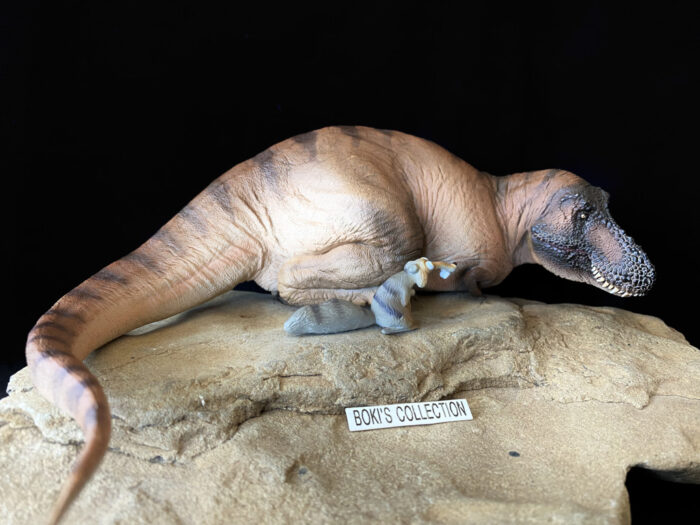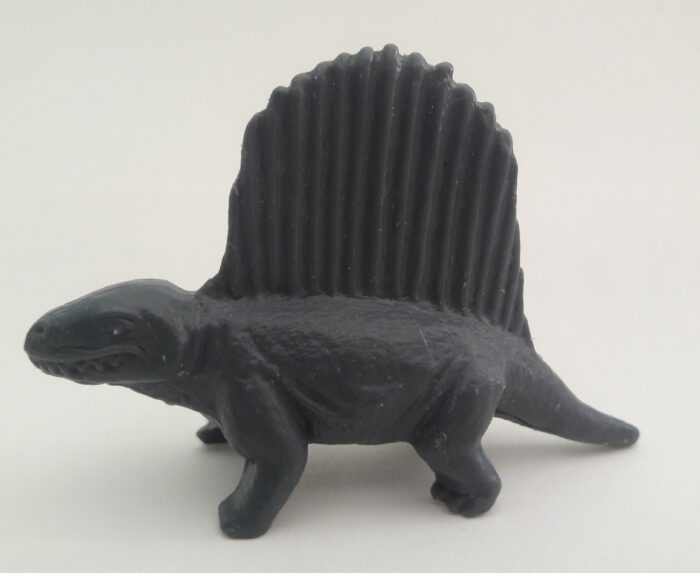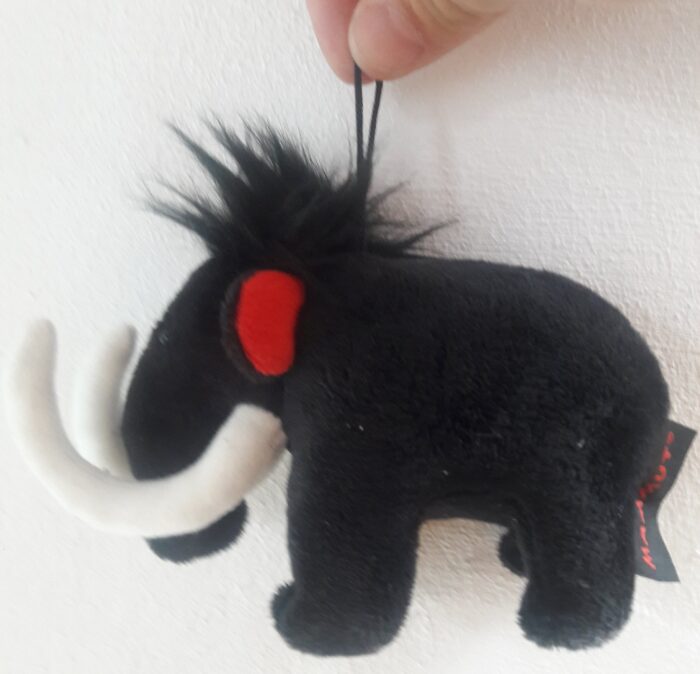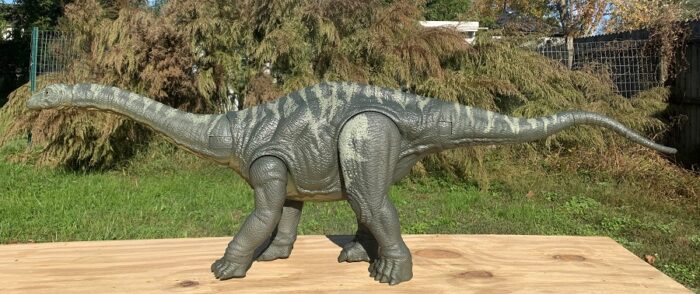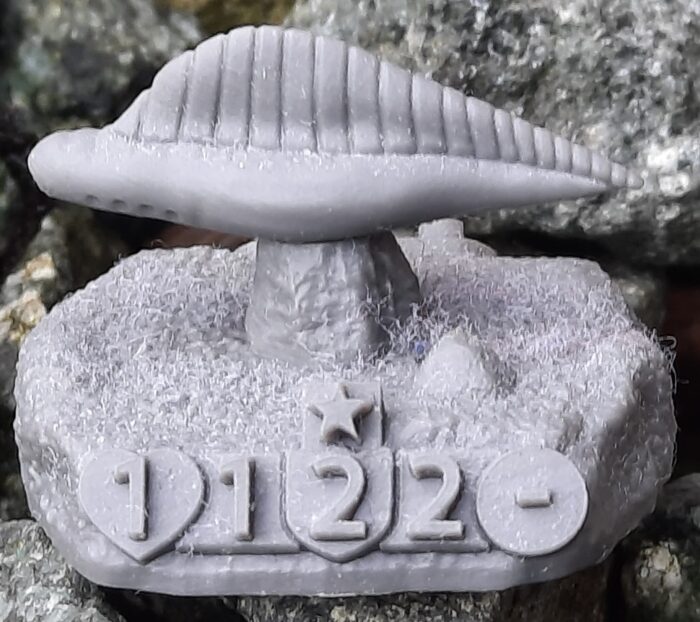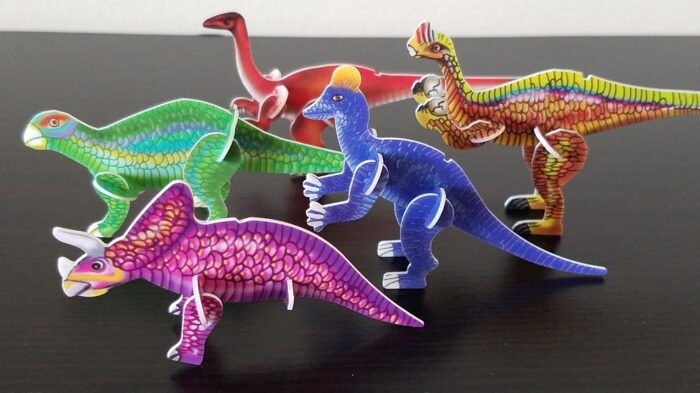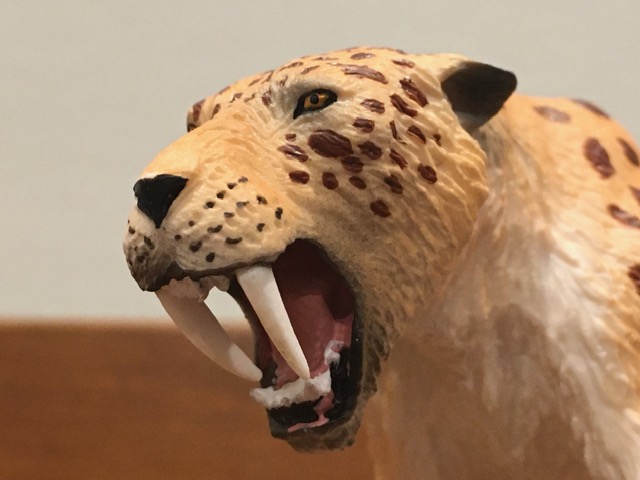Tyrannosaurus rex is like that actor typecast and boxed in a very particular role. Sometimes you become so good or famous for that image or role that it becomes hard for your adoring fans to picture you in anything else. In the case of Mr.
Review: Dimetrodon (Kellogg’s, cereal freebie)
Review: Mammoth (Cuddly toy giveaway by Mammut)
Review: Protoceratops (“Ersthornsaurier”) (Margarinefiguren by Wagner)
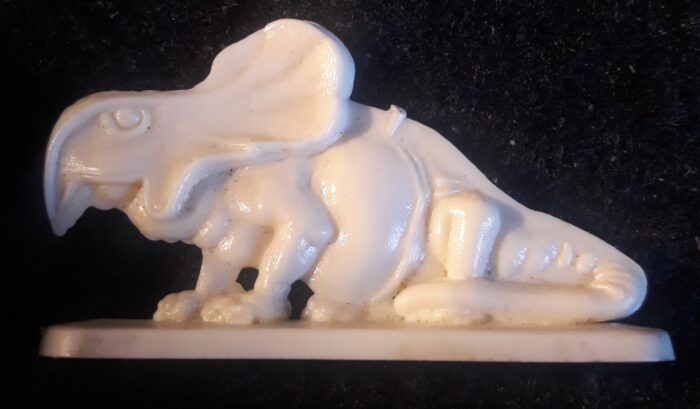
Five or so years ago I introduced to you a line of so called „Margarinefiguren“ (meaning margarine figures) which had been produced by or for a German food company named „Wagner“ 60 or so years ago. The company added them to their food packages as little collectibles for kids as a buying incentive for their parents.
Review: Apatosaurus (Jurassic World Legacy Collection, by Mattel)
Review: Yunnanozoon (Oumcraft)
Review: Z-Cardz Prehistoric Series 2 (California Creations)
Review: Nanotyrannus (PNSO)

A violent fight is underway. Deafening growls, screams, and grunts pierce the air shattering this once tranquil part of the forest and bringing chaos for those animals who live within its periphery. A sudden rustling from behind the bushes followed by the sound of an animal hurt accompanied by loud thud indicates something is thrown on the ground.
Review: Smilodon (2021)(Mojo Fun)
Review: Ouranosaurus (Jurassic World Dino-Escape, Roar Attack by Mattel)
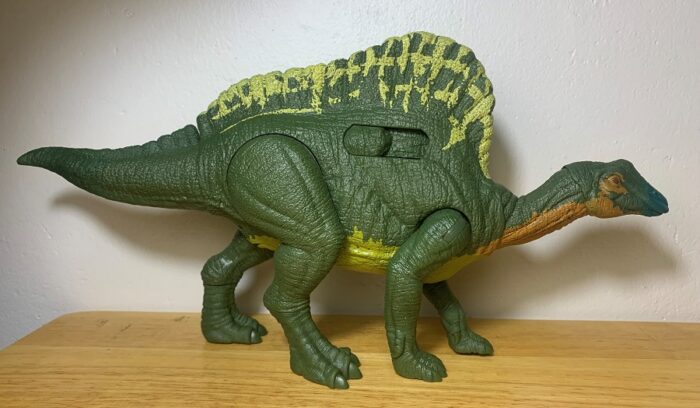
With its tall neural spines similar to those of Spinosaurus, Ouranosaurus is one of the most unique and visually distinct species of ornithopods, and yet has remained relatively obscure. Many figures of the genus do exist with notable ones by Recur, CollectA, Schleich, and Starlux but they aren’t of particularly high quality or accuracy.
Review: Opabinia (Soft Model by Favorite co.)
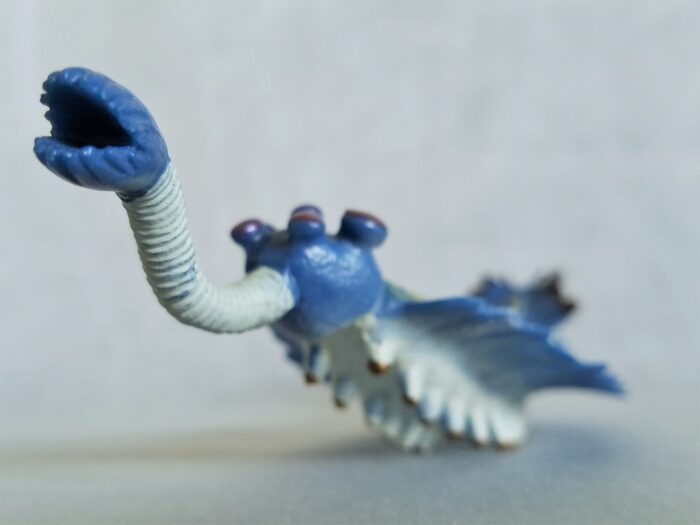
This model is reconstructed with ample attention to detail for this alien-looking wonder from the Cambrian.
I’ve had a soft spot for the weirdos in nature since my early childhood, so Opabinia has always been a favorite of mine. This 3 inch long stem arthropod was a denizen of the ocean floors during the middle of the Cambrian Period, about 505 million years ago.
Review: Tethyshadros (Wild Past)
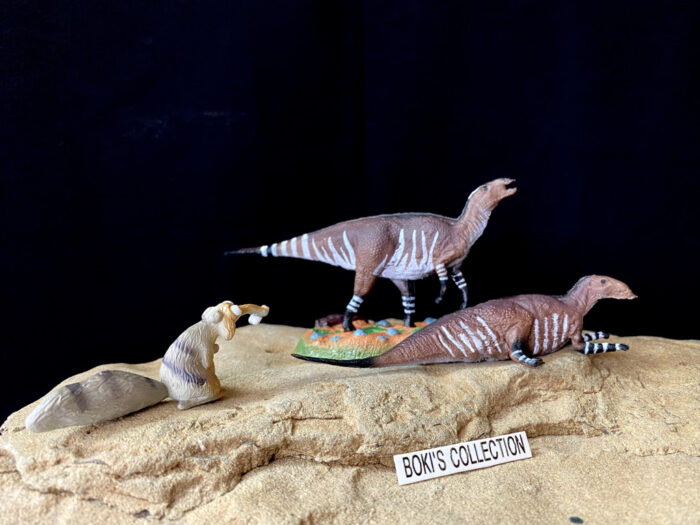
Insular dwarfism is an interesting evolutionary phenomenon where a population of animal that find themselves marooned, separated from main landmass, start evolving progressively into smaller forms or size than what is seen on their ancestors in the mainland to adapt to their newfound restricted reality.This adaptation ensures that these population of animals did not outstrip the limited available food and territory renounces.

